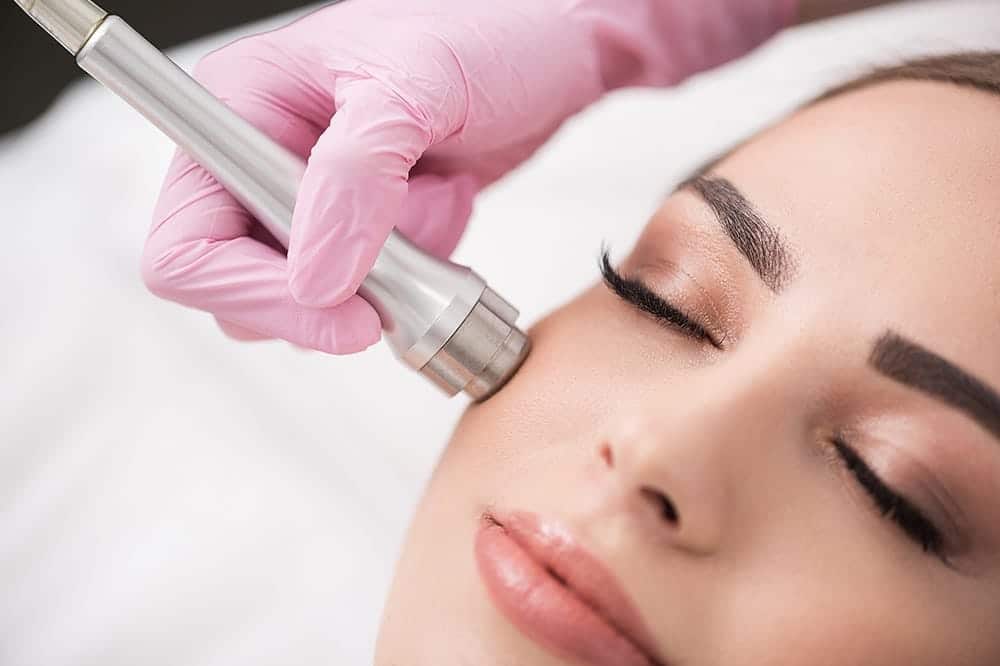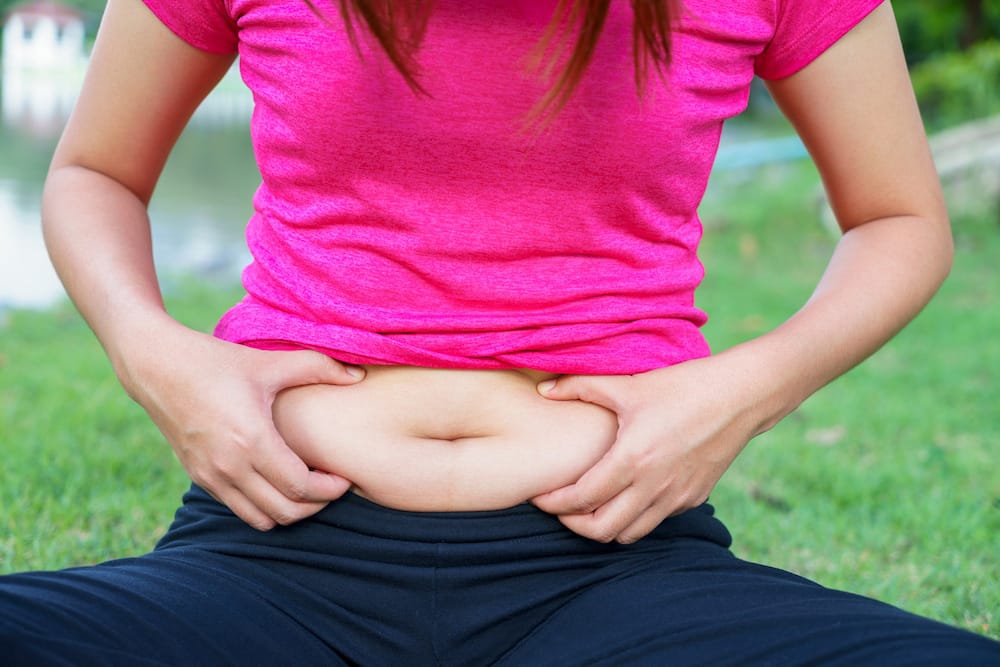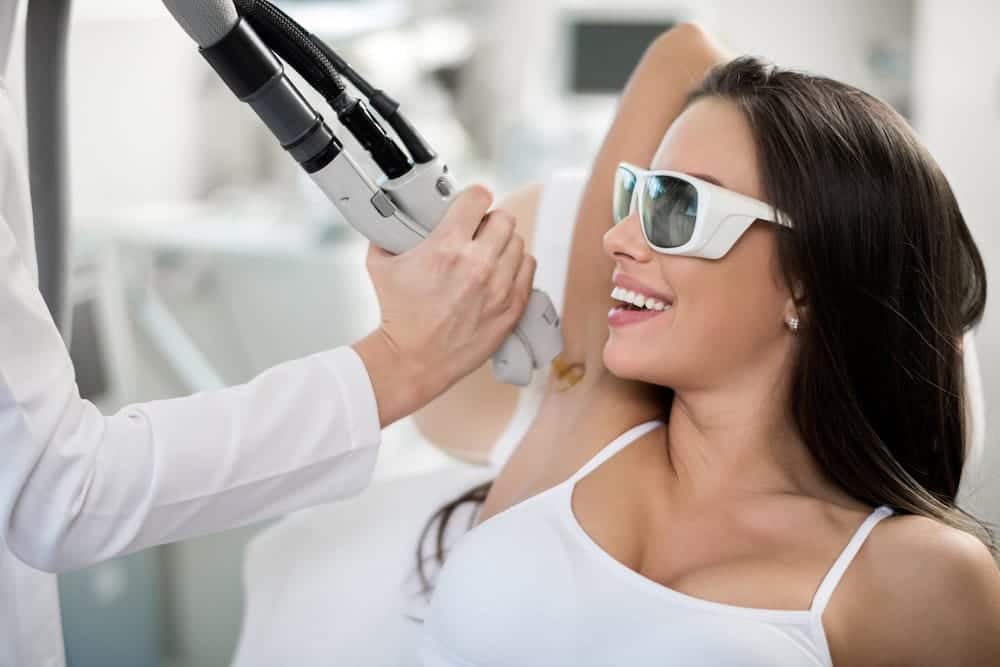Hair loss is a common issue in both men and women. Most people treat the condition with surgery, but you can also opt for medication. The most popular solutions are finasteride and minoxidil.
These clinically-tested substances can accomplish the same goal – restoring a full head of hair. However, they work in different ways, which is why you may prefer one medicine over the other.
Let’s see how these drugs can solve your hair loss problem and how you can use them.
What Is Minoxidil and How Does It Work?
Minoxidil belongs to a class of medications called vasodilators. These substances dilate your blood vessels, preventing the walls from widening.
It’s available as an over-the-counter drug, and you can get it in various forms. By widening the scalp blood vessels and improving blood flow reaching your follicles, it stimulates hair growth.
Therefore, minoxidil doesn’t technically stop hair loss. Instead, it promotes hair growth by causing hairs in the resting phase to shed and substituting them for new hairs in the growing stage.
What Is Finasteride and How Does It Work?
Finasteride is a 5-alpha reductase inhibitor, blocking the production of the DHT hormone, which is usually responsible for hair loss. By keeping testosterone from transforming into DHT, finasteride reduces DHT levels, prevents the hormone from latching itself onto hair follicles, and safeguards against damage.
The Differences Between Finasteride and Minoxidil
Besides the varying mechanisms, minoxidil and finasteride have a few other notable differences.
On the one hand, minoxidil is a topical medicine applied to your scalp as gel, cream, foam, or liquid. It’s usually taken once or twice a day, depending on the product.
On the other hand, finasteride is typically an oral drug taken in tablet form once a day. That said, some pharmacies mix the substance into topical medications applied to your scalp once or twice a day
Another major difference is the suitability for certain population groups. Namely, minoxidil is safe for both men and women.
In contrast, finasteride is only meant for men due to its hormonal aspects. Women shouldn’t use the substance, and it can be even riskier for expectant mothers. It may lead to deformities and hormonal imbalances in developing male infants.
Potential Side Effects
Most users tolerate these medications without any issues, but there are some notable side effects. They’re less severe with minoxidil since the drug is only administered to your scalp and doesn’t reach the rest of the body in high amounts. Thus, the most common potential issues include redness, itching, or burning near the application spot.
We’ve already mentioned one possible side effect of finasteride in women. When it comes to men, the risk is very low, but several problems can occur. The list includes erectile dysfunction, decreased libido, and ejaculation disorder since the purpose of the drug is to regulate hormones.
Can You Take Both Minoxidil and Finasteride?
YES! One of the best things about these medicines is that you can take them at the same time. They rely on different mechanisms, meaning there’s no risk of simultaneous administration. Think of it this way, Finasteride (or Dutasteride) works to prevent serum conversion to DHT which is what essentially kills your hair, whilst, Minoxidil increases blood floor to your scalp which in turn feeds your hair the nutrients it needs to be healthy and strong.
Minoxidil vs. Finasteride Key Takeaways
Overall, choosing between these two medications comes down to several factors, such as your age, expectations, circumstances, and budget. But the main aspect you want to consider is how you want to address your hair loss. If you wish to facilitate hair growth with a topical product, your best bet is to go for minoxidil. Finasteride is better for people who want to handle the root of the problem by inhibiting DHT production.
As always, proper consultation with your doctor is required. The information provided above is for educational purposes only.




